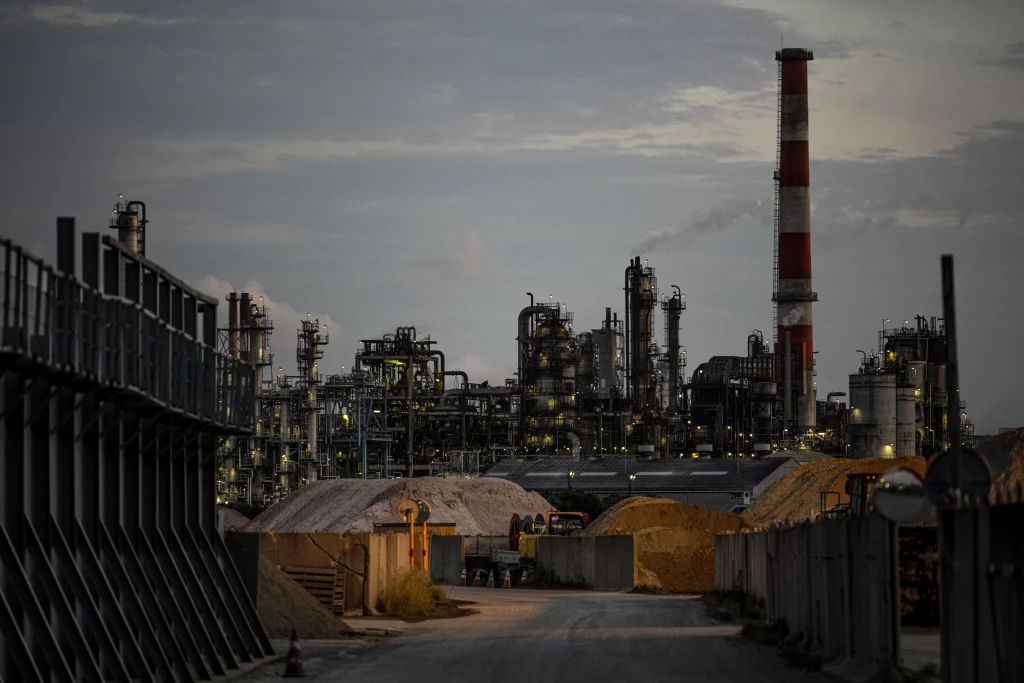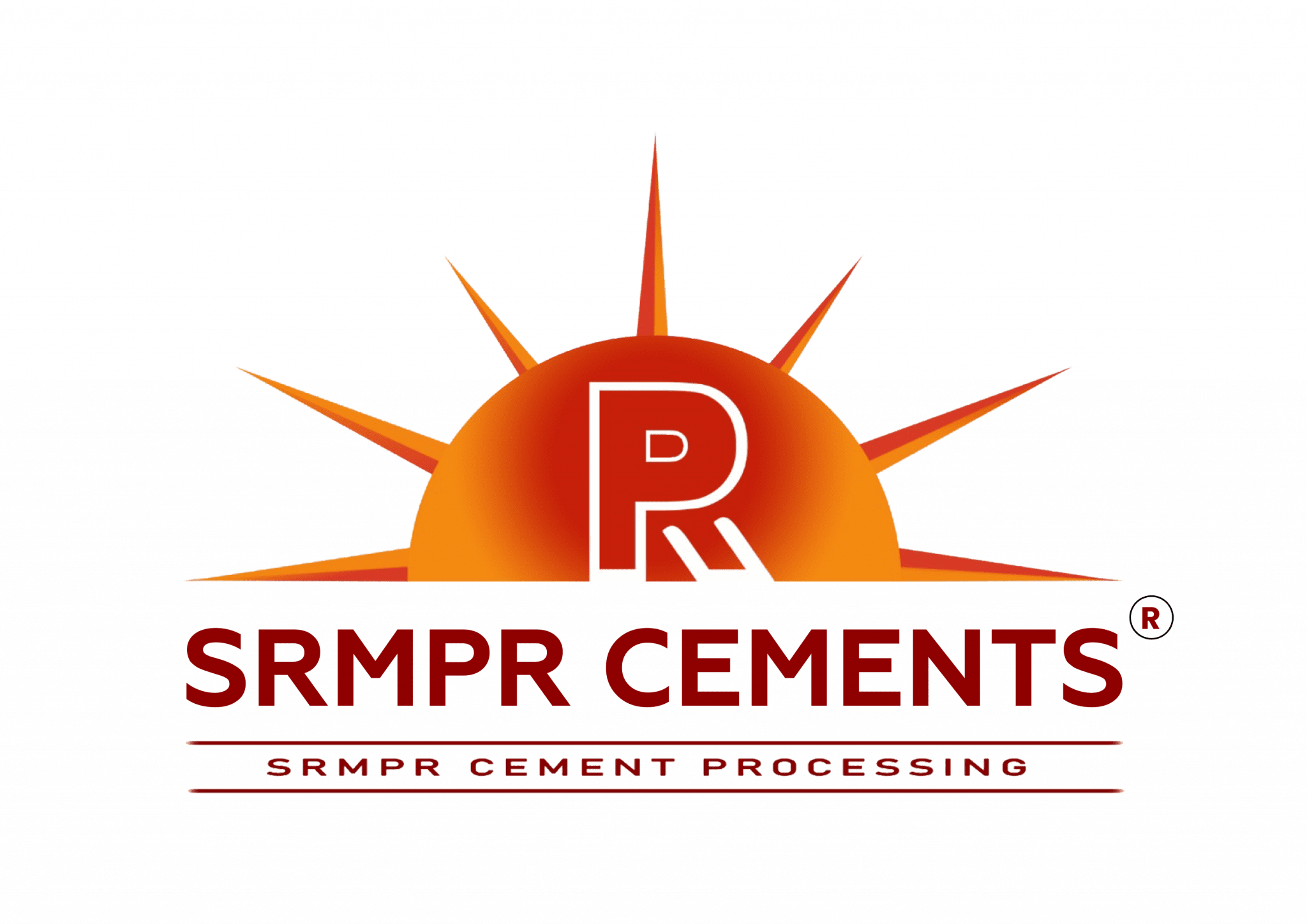Discover the intricate world of cement production as we unravel the stages that transform raw materials into the essential building material powering modern infrastructure. This comprehensive blog delves into each step, from raw material extraction to final grinding and storage, shedding light on the fascinating journey that produces the cement we rely on for construction.
Raw Material Extraction
The journey begins with the extraction of crucial raw materials – limestone, clay, shale, and silica, sourced from quarries and mines. The selection of these materials is pivotal, impacting the properties of the final cement product. Join us as we explore how these foundational elements set the stage for quality cement production.
Crushing and Pre-homogenization
Following extraction, raw materials undergo precision crushing and grinding processes, ensuring a finely ground state. This meticulous preparation sets the foundation for subsequent manufacturing steps. Dive into the intricacies of the pre-homogenization yard, where blending processes harmonize elements for a uniform composition, crucial for the quality of the final product.
Raw Meal Preparation
Experience the amalgamation of raw materials, now termed raw meal, in a preheating tower. Here, the raw meal encounters elevated temperatures induced by hot gases from the kiln, initiating vital chemical reactions that optimize energy efficiency and lay the groundwork for cement formation.
Clinker Production in the Kiln
Embark on a journey within the rotary kiln, a colossal furnace reaching temperatures nearing 1,450 degrees Celsius (2,642 degrees Fahrenheit). Witness the symphony of complex chemical reactions unfolding inside, resulting in the birth of clinker – a nodular substance pivotal in cement production, composed of calcium silicates, aluminates, and ferrites.
Cooling of Clinker
Freshly emerged from the kiln, clinker demands rapid cooling to preserve its quality. Explore the cooling process as the clinker travels through a cooler, where strategically blown air facilitates the transformation into a fine powder through grinding – the cement we know today, enhanced with gypsum to regulate setting time.
Cement Grinding and Storage
Delve into the refinement of finely ground cement, known as Ordinary Portland Cement (OPC), in cement mills. Discover how the addition of gypsum controls setting time. This fine powder is then stored in silos, awaiting distribution to construction sites, where it will contribute to the durability and reliability of structures that define our modern world.
this journey through cement production emphasizes each stage’s contribution to the final product’s quality. From raw material extraction to cement grinding and storage, this process showcases the pivotal role cement plays in contemporary construction. Join us as we explore the durability and reliability of structures shaping our modern world.



